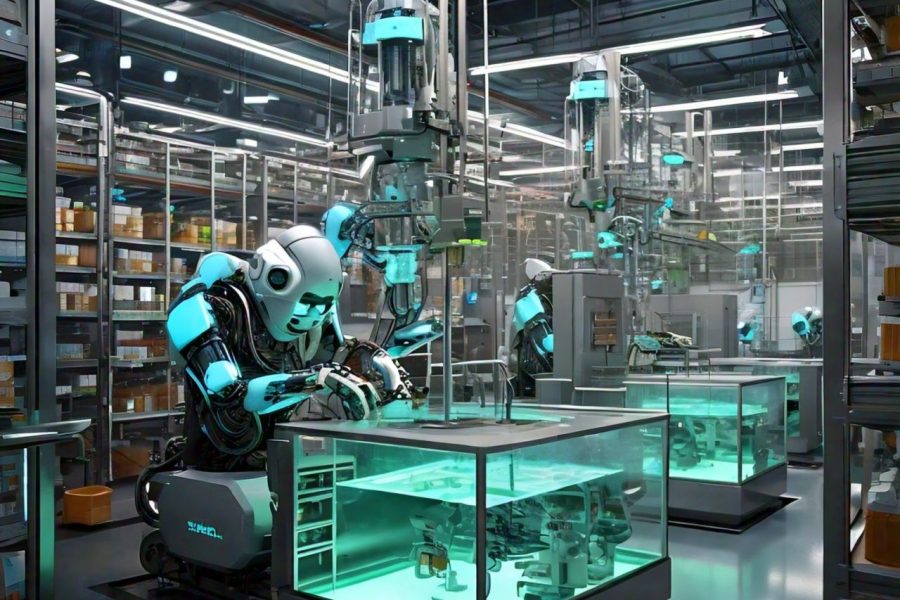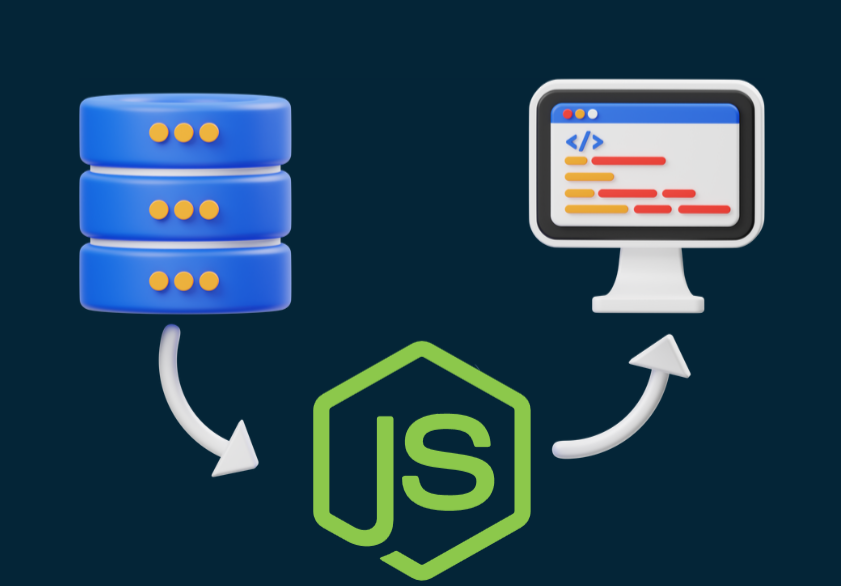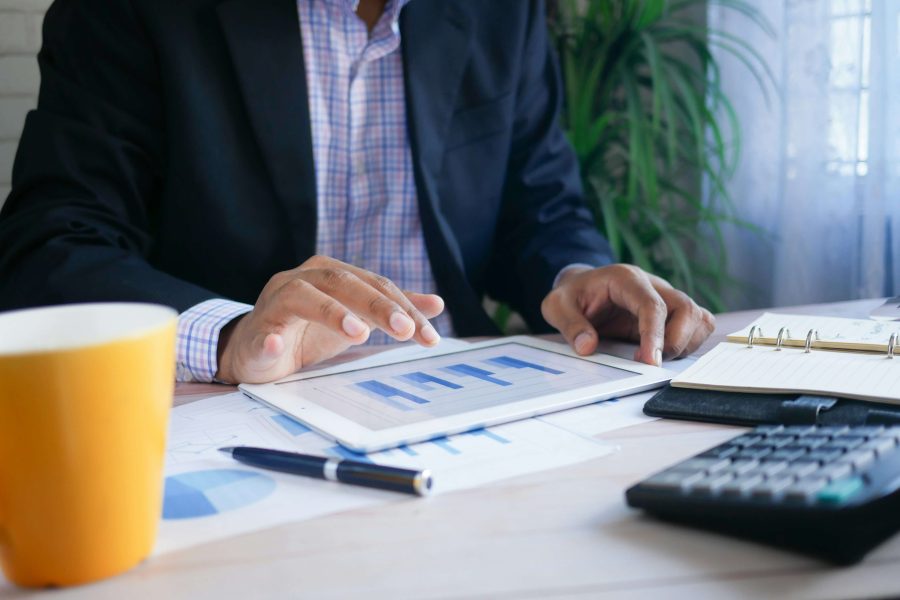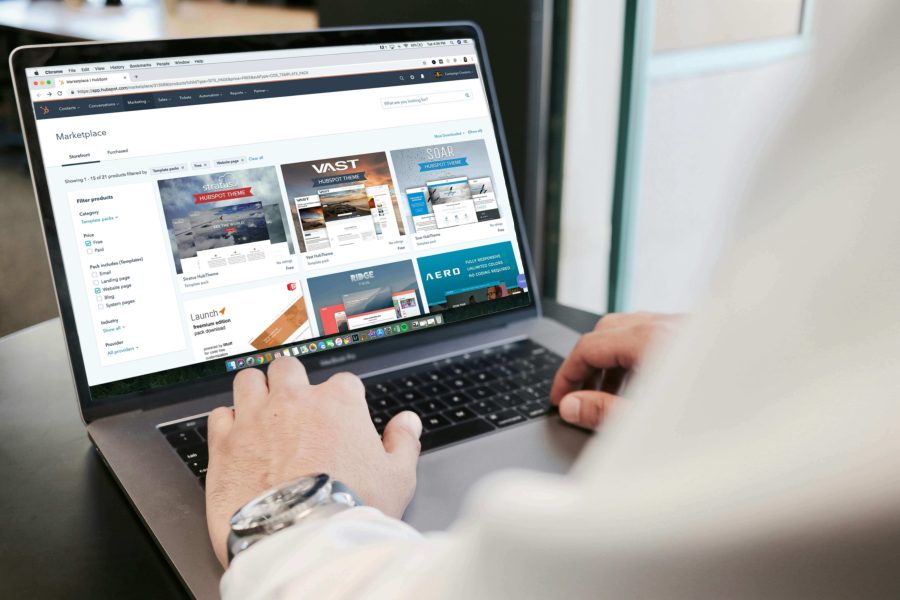An ecommerce conversion funnel is a representation of how leads interact with your brand online. It’s a helpful model for developing strategies to grow brand awareness and increase your customer base. It’s also a valuable diagnostic tool to analyze where you might be losing customers.
If you’re trying to help your team close more deals and convert more visitors, optimizing your ecommerce conversion funnel is crucial.
Here’s what this post will cover:
What is an ecommerce conversion funnel?
The importance of an ecommerce sales funnel
What are the stages of an ecommerce funnel?
Best practices and tips for optimizing your ecommerce conversion funnel
Top KPIs for measuring ecommerce funnel conversions
What is an ecommerce conversion funnel?
Ecommerce conversion funnel stages
An ecommerce conversion funnel, sometimes called an ecommerce sales funnel or just an ecommerce funnel, is a visual representation of your audience as they engage with your brand throughout the digital customer journey.
Just as a funnel is wide at the top, a large pool of prospective customers will signal interest in your company as a result of marketing campaigns, word-of-mouth recommendations, and more. As these leads learn about your brand and move through the customer journey toward a purchase, some will drop off, leaving you with a smaller group of buyers at the narrow end of the funnel.
The importance of an ecommerce sales funnel
Sales funnels provide actionable insights for improving every stage of the buyer journey. Tracking and analyzing each step lets you know where your marketing, sales, and customer relations efforts are succeeding and where there are opportunities for improvement.
For example, a good conversion funnel emphasizes the stage in the customer journey that impacts conversion most. This insight could be positive or negative — like email subscribers clicking on subject lines about discounts, or low social media engagement on posts about certain products. This information helps you reconsider and arrange the sales funnel process to meet customers’ needs.
What are the stages of an ecommerce funnel?
The stages of an ecommerce conversion funnel are flexible and can be customized to your industry, business, and target audience. Some companies specify almost a dozen layers in their funnels, but every conversion funnel can be summarized in four basic stages.
1. Awareness
The first stage of the ecommerce conversion funnel represents an awareness of your brand. The customer has just started their buyer’s journey. They don’t know the specifics about their needs yet so they’re likely searching for answers to broad questions. Users at the awareness stage are looking for solutions to their problems or ideas.
One of the best ways to attract potential customers at this stage is to be a resource. Write blog posts or articles that address common questions shoppers have when searching for your product or service. Create short answers to those same questions for social media channels and consider an email drip campaign that answers some of those early questions one at a time, in greater detail.
2. Interest or consideration stage
At the interest stage of the funnel, leads know the name of your brand and the products you make. If a buyer continues to engage with your content, they are likely considering your solution or product for their business.
As customers consider different options they begin to ask more specific questions. Providing in-depth content will be helpful for buyers in this stage and demonstrate your business’ expertise. Content should move from “What is?” titles to “How to,” and social media content could focus on longer videos.
Customer reviews to support the interest stage of the funnel
3. Desire or intention stage
By the desire stage, the buyer has narrowed down their search and is likely comparing your product with other businesses and reading reviews. This is when your team pivots from selling your product or solution, to selling your brand.
Content that’s helpful for moving buyers through the desire stage includes pricing, side-by-side comparisons, brand storytelling, and more. Social media and email marketing material should explain how your brand or company is better than the competition. This is a good opportunity to utilize client testimonials since brand credibility is a priority factor.
Leads in the desire stage of the traditional sales funnel are often handed over to sales teams to help close interested deals. Ecommerce conversion efforts should take a sales-oriented approach.
4. Action or purchase stage
The action or purchase stage of the funnel is when the deal closes — the customer has decided to purchase from your business and has items in their cart. This stage is still part of the funnel because your relationship with the customer isn’t over.
The primary goal in an ecommerce setting is to reduce friction for customers during the checkout process. Accept as many payment options as possible and reduce the number of form fields a customer has to fill out. Present clear shipping or pickup options, ensure seamless returns if necessary, and see that customer data is handled securely.
Best practices and tips for optimizing your ecommerce conversion funnel
Optimizing your funnel will ultimately help your team maximize the ROI of their marketing campaigns. However, you first need to understand how to successfully create an ecommerce marketing funnel.
Define your customer journey
Your customer’s journey includes every touchpoint and interaction from initial search to conversion. It spans the time your customer learns about your brand, to when they compare solutions and eventually make a purchase.
Observe the typical flow of each persona from the beginning of the journey to where they end. Gather data to learn about their behavior and map which channels and what types of content they use to move through the buyer journey.
For example, one persona might discover your brand on social media, show interest on the website, be nurtured through the desire stage by a strategic email drip campaign, and return to the site to make a purchase.






